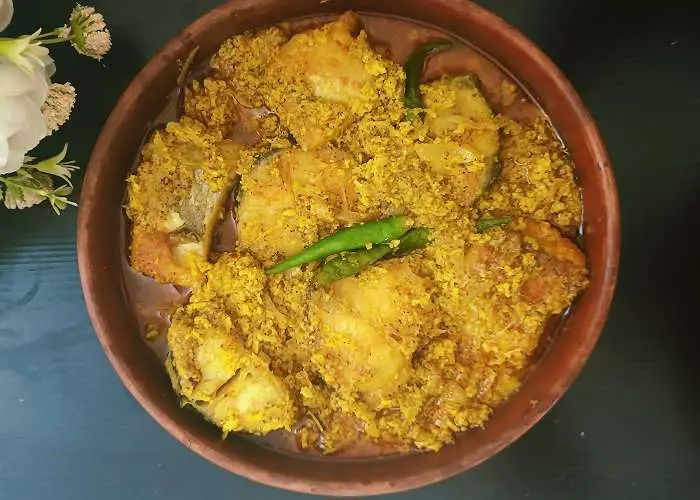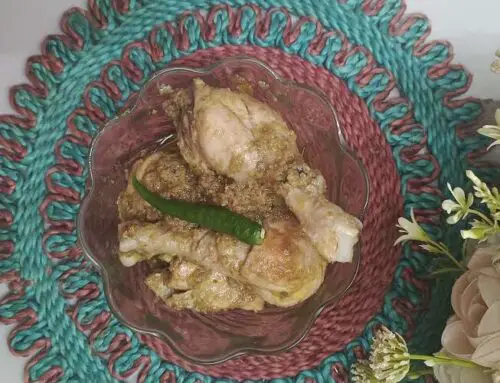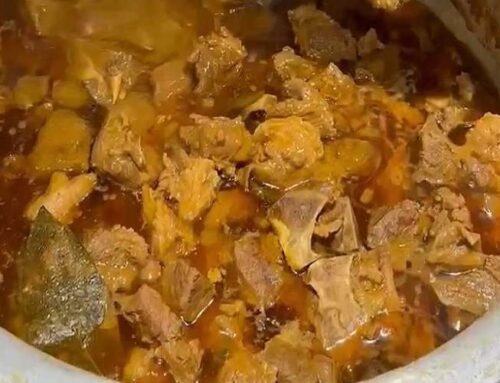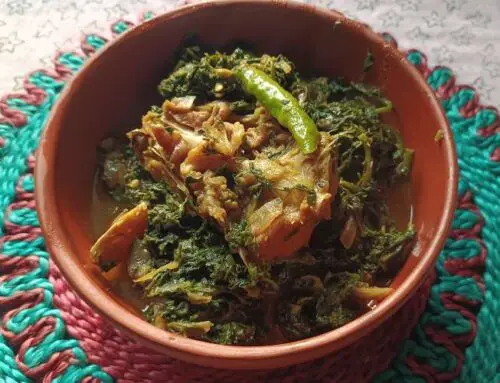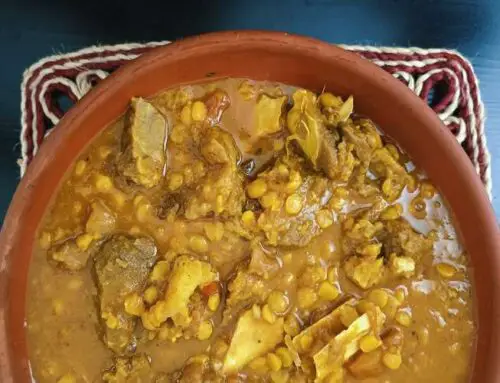Chingri Malaikari Recipe:
Chingri malaikari or prawn malai curry is a fancy bengali delicacy. This dish makes its place in dawats, weddings, birthday parties, or any special celebrations that call for a big Bengali style banquet. The rather sweet tasting curry makes for an excellent pairing with polao or bhaat (boiled rice).
Chingri macher malaikari is a dish for particular occasions, not everyday meals. The ingredients needed make it a rather expensive dish to prepare for most people of Bangladesh, especially the rural working class. That being said, almost every Bangladeshi looks for any chance to throw a feast where they make sure to present the best food possible, regardless of cost. And Chingri malaikari, being one of the most popular and loved prawn dishes, easily makes its way into the menu of any special Bengali dinner.
The high social status (read expensive) of Chingri malaikari comes from the fact that prawns are expensive in Bangladesh. So is coconut milk, the other main ingredient of the dish. Growing up in the capital, I saw coconut milk mostly on the shelves of supershops and it had a pretty steep price tag. But while making the dish, I noticed that Ms Shortcut Sokhina did not bother buying coconut milk. Kurious Komola also picked up on the fact and did what she does best, ask questions. And then we learned that making coconut milk at home is pretty easy, knocking down the high ingredient price of Chingri malaikari quite a lot. To make coconut milk all you need are coconut and water.
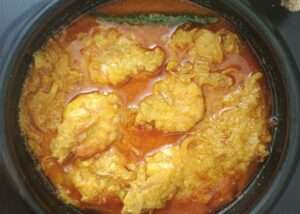
But unfortunately there is no alternative for the expensive prawns needed for the dish. The Bangla word “Chingri” represents both prawns and shrimps. To many both are so similar that they don’t need different words to be described – but that waters down the specialty of these two crustaceans. Shrimp is smaller and tastes a little salty. Prawn, on the other hand, is bigger and sweeter tasting. The more desirable size, texture and taste of prawn makes it more expensive and the suitable choice for Chingri malaikari. Using the other “Chingri” or shrimp could make a good tasting dish, as Ms Shortcut Sokhina suggested. But I quickly dismissed the idea because that would not be the Chingri malaikari every Bangladeshi recognizes. The tiger prawns (bagda chingri) or giant freshwater prawns (golda chingri) used carry the essence of the dish and it should not be altered.
Now I mentioned that Chingri malaikari is a staple in Bengali banquets because it is a pricey dish to prepare and Bengali hosts like to present the expensive dishes. But learning about the dish gave me another reason why Chingri malaikari is a mainstay in Bengali dinners – because it is very easy to make. At first I thought Chingri malaikari is a very complicated dish to make, at least it looks like that. But, as you can see below, the steps are pretty easy to follow and make. So Chingri malaikari is an easy to make but very well liked dish that hosts can present to the guests. And that’s what most hosts do.
Another thing I learned about Chingri malaikari is that it is not a native dish. I always thought it’s a dish that originated in the Indian subcontinent because of the name of the dish. The word “malai” is a Hindi word that represents a kind of cream. So Malaikari or malai-curry means a creamy curry – exactly what the dish is. The use of coconut milk gives the dish a creamy texture and look. So the name of the dish is an open and shut case, or so I thought. There is another theory behind the naming of the dish where it is speculated that the word malaikari or malaicurry derives from malay-curry. The dish first came into the subcontinent via malaysian traders, so the dish is of malay origins. And the name at that time could have been Chingri malay-curry, which over time turned into Chingri malaikari.
Regardless of the nomenclature of the dish, it is one of the favorite dishes in Bengali cuisine. People rarely say no to it even when they’re presented with a myriad of dishes in a dawat. Even if the dish has Malaysian origins, it is now a part of Bengali culture and culinary arts.
Ingredients
- ½ kg Shrimp
- 1 cup Chopped Onion
- ½ cup Coconut Milk
- 2 tbsp Lemon Juice
- 5 pc Green Chilli
- 1 tsp Turmeric
- Salt- as per taste
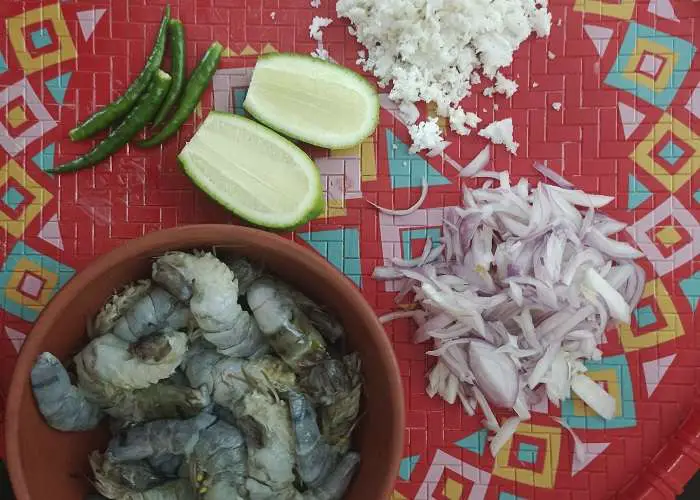
Instructions
- Marinate the shrimp with lemon juice for 5 minutes.
- Heat a pan and add onion, turmeric, chilli and salt along with shrimp and coconut milk.
- Stir until the shrimp is cooked.
- Ready to serve

